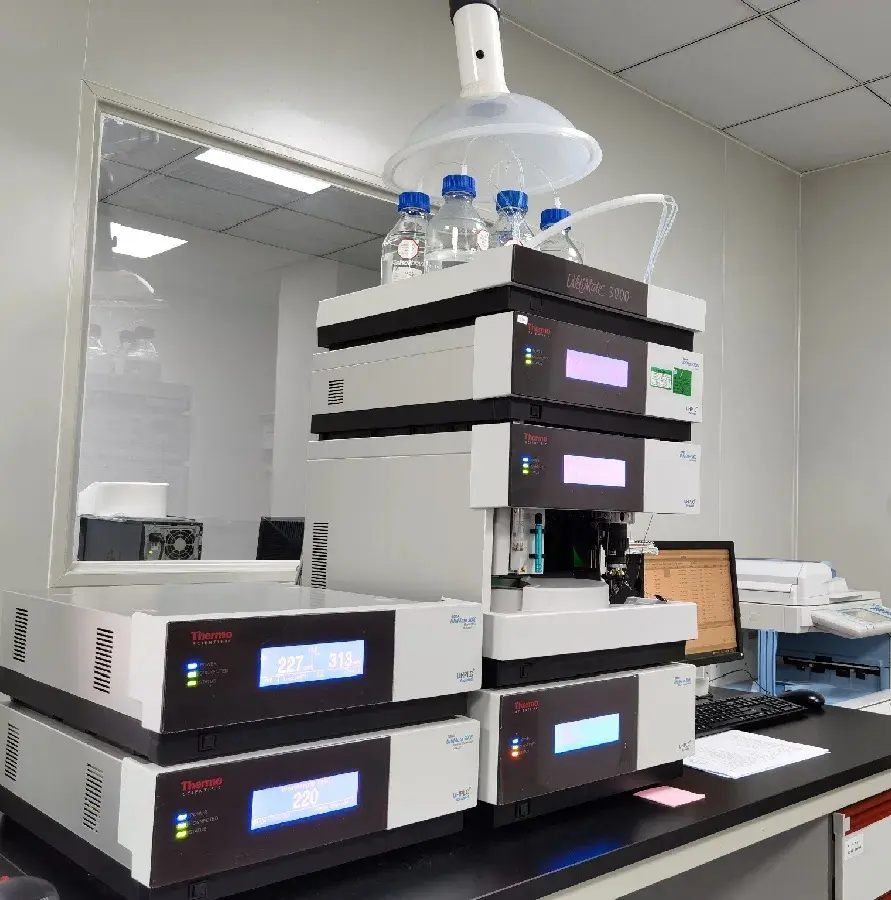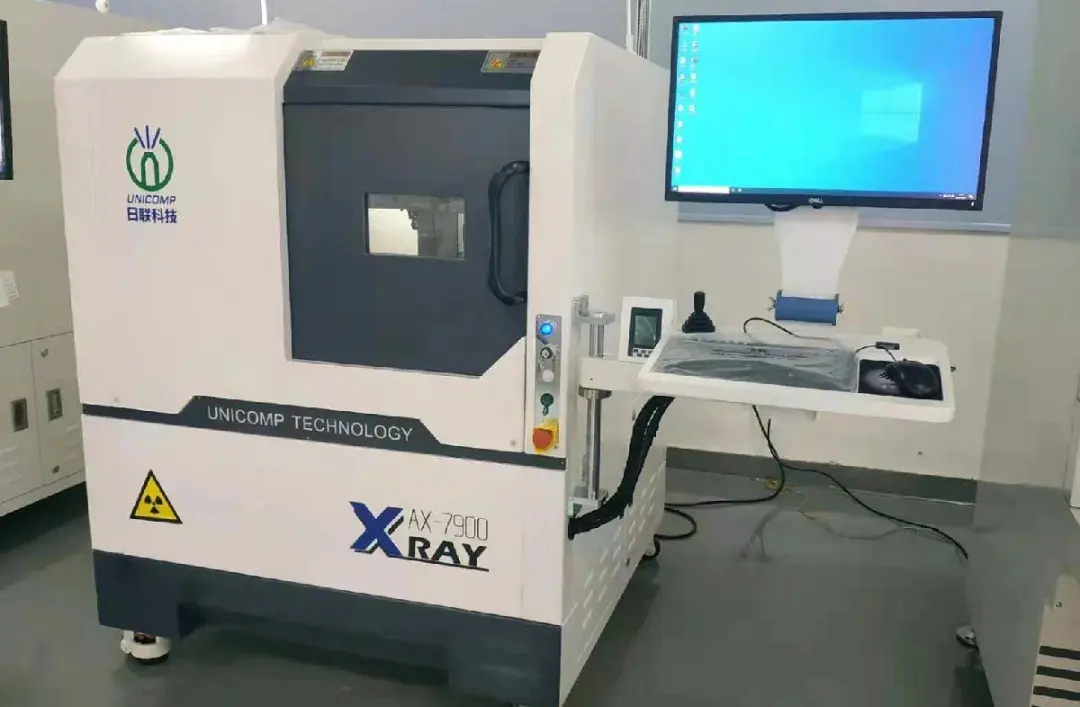
Multimedia Electronic Products EN55032, EN55035 Testing
Multimedia electronic products refer to electronic devices that integrate multiple forms of media, such as text, images, audio, and video. These include smartphones, tablets, multimedia players, LED TVs, monitors, electronic whiteboards, touch screens, all-in-one teaching machines, multimedia speakers, Bluetooth speakers, microphones, karaoke machines, and more.
To be sold in the EU market, multimedia products must obtain CE certification and comply with electromagnetic compatibility (EMC) standards en55032 and EN55035. Below are the detailed requirements for multimedia products in the EU market:
EN55032: Electromagnetic Compatibility - Emission Requirements
EN55032 is a European standard that specifies the emission and immunity limits for multimedia equipment in the electromagnetic environment. It applies to multimedia devices with an AC or DC rated voltage not exceeding 600V, including information technology equipment, audio equipment, video equipment, broadcast receivers, lighting control devices, and their combinations.
Key Updates:
- Replaces the old EN55013 (EMC standard for audio-visual equipment) and EN55022 (EMC standard for traditional information technology equipment).
Testing Items:
- Conducted Emission Testing: Measuring electromagnetic interference conducted through power lines.
- Radiated Emission Testing: Measuring electromagnetic radiation emitted by the device.
- Immunity Testing: Evaluating the device's ability to withstand electromagnetic disturbances.
EN55035: Electromagnetic Compatibility - Immunity Requirements
EN55035 is a European standard specifying the immunity requirements for multimedia equipment to ensure they can operate normally in the presence of electromagnetic disturbances.
Scope of Applicability:
- Replaces the previous EN55020 (AV equipment) and EN55024 (IT equipment) standards.
- Covers multimedia devices such as specialized multimedia equipment and wireless communication devices.
Key Testing Items:
1. Frequency Range Testing: Includes common frequency bands for wireless communication, such as 2G, 3G, 4G, and 5G.
2. Electromagnetic Field Radiation: Measures the intensity of the electromagnetic field generated in all directions (X, Y, Z axes).
3. Conducted Electromagnetic Interference: Tests interference generated on power lines.
4. Transient Pulse Immunity: Ensures device functionality during transient voltage fluctuations and extreme events like lightning strikes.
5. Radio Interference and Immunity: Evaluates whether the device interferes with other wireless communication devices and its ability to resist interference.
Standard Requirements:
- Radiation Power Limits: Specifies maximum radiation power for each frequency band.
- Electromagnetic Field Intensity Limits: Requires the intensity at 1 meter from the device to be within prescribed limits.
- Distance and Time Requirements: Devices must be installed in specified locations to simulate real-world usage, with testing conducted over several hours to assess long-term performance.
Newly Added Tests in EN55035:
- Repetitive Bandwidth Pulse Noise Interference: Tests limits within the 0.15MHz–30MHz frequency range.
- Single Bandwidth Pulse Noise Interference: Tests specific frequency ranges within the same bandwidth.
Implementation Dates:
- Official release: January 28, 2018
- Mandatory compliance: July 28, 2022
- Until July 28, 2022, EN55020 and EN55024 remained harmonized EMC standards under the EMC Directive.
CE Certification for Multimedia Electronic Products
In addition to EN55032 and EN55035, multimedia electronic products must comply with the following standards based on voltage and current requirements:
- EN 62368-1: Safety requirements for audio/video, information, and communication technology equipment, commonly applied to adapters used for TVs, audio systems, and similar AV products.
- EN 61000-3-2: Limits for harmonic current emissions for devices with an input current ≤16A per phase.
- EN 61000-3-3: Voltage fluctuations and flicker limits in public low-voltage supply systems for devices with a rated current ≤16A.
This comprehensive compliance framework ensures that multimedia electronic products meet the safety and electromagnetic compatibility standards required for the EU market.
Email:hello@jjrlab.com
Write your message here and send it to us
 Packaging Validation ISO 11607 Test Report
Packaging Validation ISO 11607 Test Report
 What is the ISO 11607-1 Packaging Validation Test?
What is the ISO 11607-1 Packaging Validation Test?
 How to get an ISO 11737-1 Test Report?
How to get an ISO 11737-1 Test Report?
 Orthopedic Implant Cleanliness Testing
Orthopedic Implant Cleanliness Testing
 What is ISO 10993-23:2021 Irritation Testing?
What is ISO 10993-23:2021 Irritation Testing?
 ISO 10993-23 Irritation Testing Laboratory
ISO 10993-23 Irritation Testing Laboratory
 EMI Emissions Testing
EMI Emissions Testing
 EMC Standards for Medical Devices
EMC Standards for Medical Devices
Leave us a message
24-hour online customer service at any time to respond, so that you worry!




